Time: 10:30AM – 3:30PM
Location: Below Gross Reservoir
South Boulder Creek 08/23/2024 Photo Album
After three straight days of fly fishing early in the week, I took a break on Wednesday and Thursday, but by Friday I was eager to resume my August blitz. My trip on 08/16/2024 to South Boulder Creek was quite successful, and I was very anxious for a return visit. I was fairly certain the green drakes were still active, and I attempt to take full advantage of this once a year occurrence. The continuing heat wave in Colorado was another reason to seek out the cold water releases from Gross Reservoir.
Five or six cars preceded me to the Walker Ranch Loop trailhead, and I prepared for a day on the creek with my Loomis two piece five weight. Slow action, short length, and fast assemblage played into my choice. The temperature was 66 degrees, as I began my hike down the Walker Ranch Loop trail. On my way to my chosen starting point I passed a pair of anglers “practicing” in a spot, where I needed to wade in order to make farther progress. I excused myself, and we exchanged intentions, and they informed me that they planned to move downstream as well.
By 10:30AM I arrived at my planned starting point, and I configured my line with a parachute green drake size 14. During my previous visit, I landed all my fish on this style of green drake, and I was hoping for a repeat engagement. Within the first five minutes I landed a small seven inch brown trout that rose and sipped the paradrake in a narrow band of slow moving water directly above my casting position. This event instilled a bit of optimism in my outlook, but then the trout decided to teach me a lesson, as they ignored my casts for a short period. I was spoiled from my earlier trip, and I quickly lost patience, so I modified my approach and added an olive ice dub body hippie stomper as the forward fly followed by the parachute drake.
The stomper/paradrake combination initiated a frustrating run of refusals and very brief hookups. I counted five in a row. Among them was a fish that slipped free, and the pent up energy in the rod whipped the flies into a tree limb high above me. One can imagine my anger. I flicked the rod away from the flies, and this impulsive but dangerous action, resulted in snapping off two flies. I paused to replace them, but when I was done, I thought I spotted the white wing of the hippie stomper in a dead branch. I moved to the base of the cluster of tree limbs, and I was able to bend the branch down to retrieve my flies. There was, however, a slight problem. The white wing was, in fact, a small dense cobweb! I felt pretty ridiculous, but I gazed back at the next limb that was higher up, and I surmised that I might be able to bend that one down to a recoverable level as well. I did so, and what do you think I found? No, not another cobweb, but the two connected flies. I stuffed them back in their proper resting places in my fly boxes.
By noon the fish count rested on a meager total of four, and I was beginning to question my decision to fly fish on South Boulder Creek. The two anglers that I encountered on my hike in appeared, and they proceeded to move below me, but by noon they were within sight. I decided to forsake the section that occupied my morning and move upstream, but when I advanced forty yards, I spotted another young fisherman working on his line in another spot that I needed to wade through. Once again I excused myself and quietly passed by. In retrospect the morning section of the creek was narrow, and the 122 CFS flows created only a few truly promising lies for trout.
I moved above the angler that I just passed and found a place, where I could battle through some dense branches to regain access to the creek a fair distance above the other fisherman. In this area the stream spread out more, and this offered more side channels and pockets of moderate current velocity and moderate depth. These were the characteristics that attract trout. I progressed upstream through this section from noon until 2:30PM, and I moved the fish count from four to twenty-four. Yes, the catch rate improved dramatically. The hippie stomper and parachute hopper remained in place during the early going, and the flies delivered positive results, but refusals and tentative bites resulting in quick long distance releases plagued my fly fishing outlook. I decided to rotate through other green drakes styles. First I tested a Harrop hair wing green drake, and it provided a fish or two, before it broke off, as I played and released a rainbow trout that crushed the leading stomper. The hair wing was not doing much, so I opted for a size 14 green drake comparadun with a large fan hairwing.
The stomper/comparadun combination remained on my line until 2:30PM, and the comparadun accounted for roughly 60% of the landed fish with the hippie stomper delivering the remainder. By 2:30PM the sky darkened, and I heard distant rumbling, so I retreated to the shoreline and pulled on my rain shell. I completed this move in the nick of time, as the spigot got turned on, and drenching showers ruled the canyon environment. I backed into a small space beneath a dense evergreen and waited for the curtain of rain to end. A couple times the rain paused, and I stepped back to the creek only to be scared back to my sheltered enclave by thunder and lightning. Finally the western sky got brighter, and I spotted a glimmer of blue, but dense gray clouds predominated above. It was at this time that I observed two flashes with almost instantaneous loud rumbling, and this suggested that the lightning was in close proximity. I snugged back against a rock wall and impatiently awaited the end of the lightning and thunder.
 One of Several Nice Rainbow Trout
One of Several Nice Rainbow Trout
Finally the thunder became distant, and blue sky ruled above me, so I resumed fly fishing. The temperature plunged during the storm, and I was quite pleased to have my raincoat for additional warmth. I was relatively close to two very attractive pools, so I progressed directly to them. At the first one I executed some long casts across the main current to the shelf pool along the far bank. and a brown trout dashed to the surface and grabbed the comparadun. At the next pool I could see fish finning at the tail and in the right side pool. For the most part they were immune to my efforts to hook them, but one overly aggressive brown snatched the hippie stomper.
 The Ribbon of Water Along the Rocks Was Targeted
The Ribbon of Water Along the Rocks Was Targeted
As I looked on, quite a few fish began to slash the surface, but the object of their actions must have been small, because I was unable to determine the food source. I cycled through the usual suspects which included a CDC blue wing olive, a size 16 light gray comparadun, a size 16 cinnamon comparadun, and a size 18 parachute black fur ant. Finally the ant duped a brown trout to bring my total to twenty-seven. I seined the water with my net seine, but all I could collect were some empty nymph husks. I tried a Craven PMD emerger pattern, but that was not the answer. In a last ditch effort to match the hatch, I removed the double dries and tested a size 20 CDC blue wing olive with a fairly large and fluffy wing. Nothing. As this hatch matching escapade evolved the water became quite tinged with sediment, but the trout seemed to ignore the turbidity, as they continued to feed.
I surrendered to the pool and thanked South Boulder Creek for a twenty-seven fish day and completed the hike back to the parking lot. As I strolled along the trail, the sun reappeared and warmed the atmosphere and this weary angler, and the clarity of the creek improved dramatically. Apparently the slug of run off moved fairly quickly through the narrow canyon. My goal of meeting the green drake hatch was achieved, although the fly fishing was not the free and easy experience of August 16. Friday was a great example of why I carry five different western green drake patterns. The quality of the fish was decent, as I landed a couple thirteen inch rainbows and several healthy twelve inch brown trout. The fish of South Boulder Creek are all wild, and they show off their vivid colors and patterns quite well. Will I register another South Boulder Creek green drake day? it is getting late, but stay tuned.
Fish Landed: 27

 Early Success
Early Success Small Hidden Pool Produced
Small Hidden Pool Produced Delicate Wildflowers
Delicate Wildflowers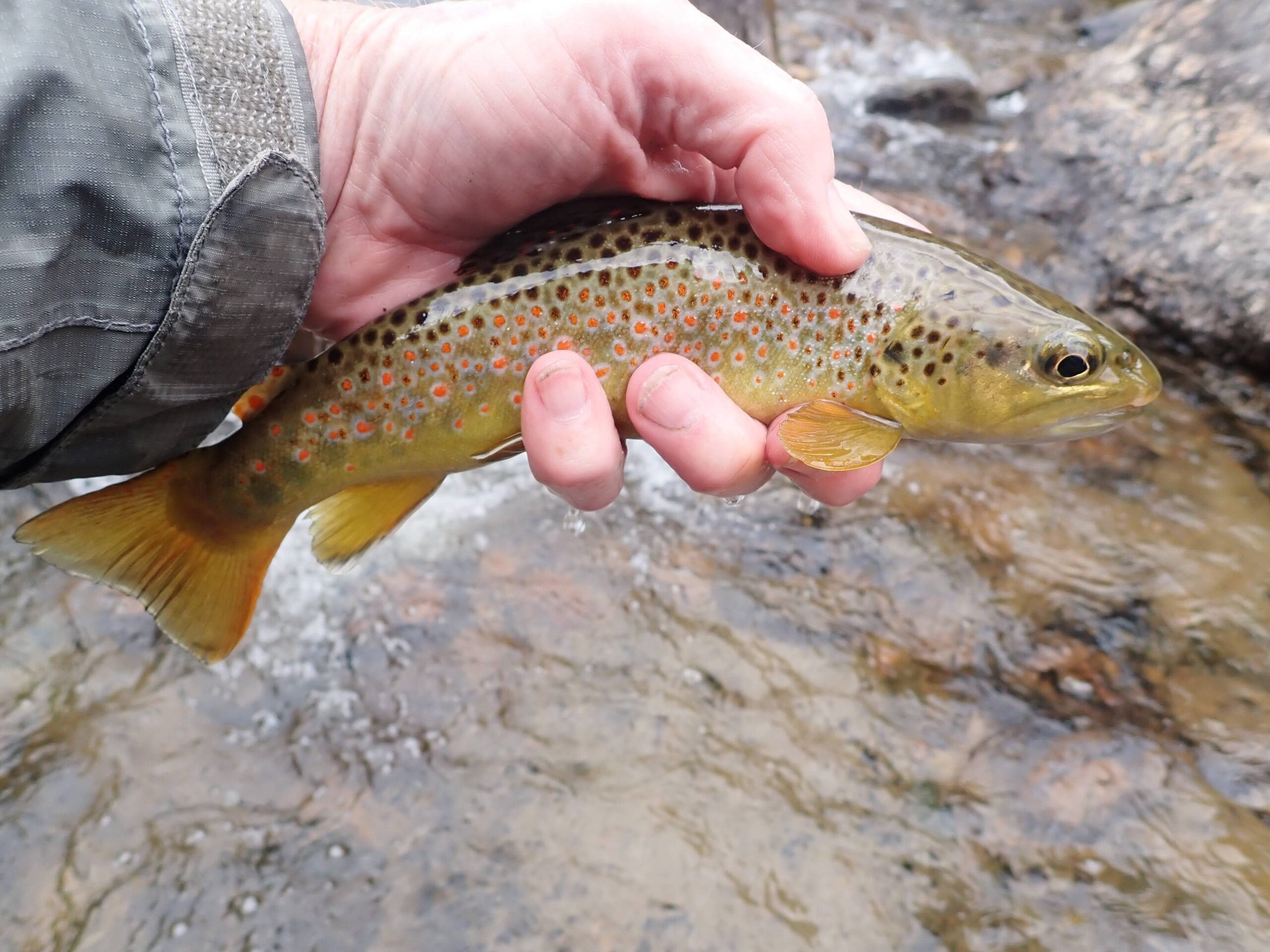 Just a Nice Brown Trout
Just a Nice Brown Trout Center Stream Pocket
Center Stream Pocket Very Clear
Very Clear Nice Early Chernobyl Ant Eater
Nice Early Chernobyl Ant Eater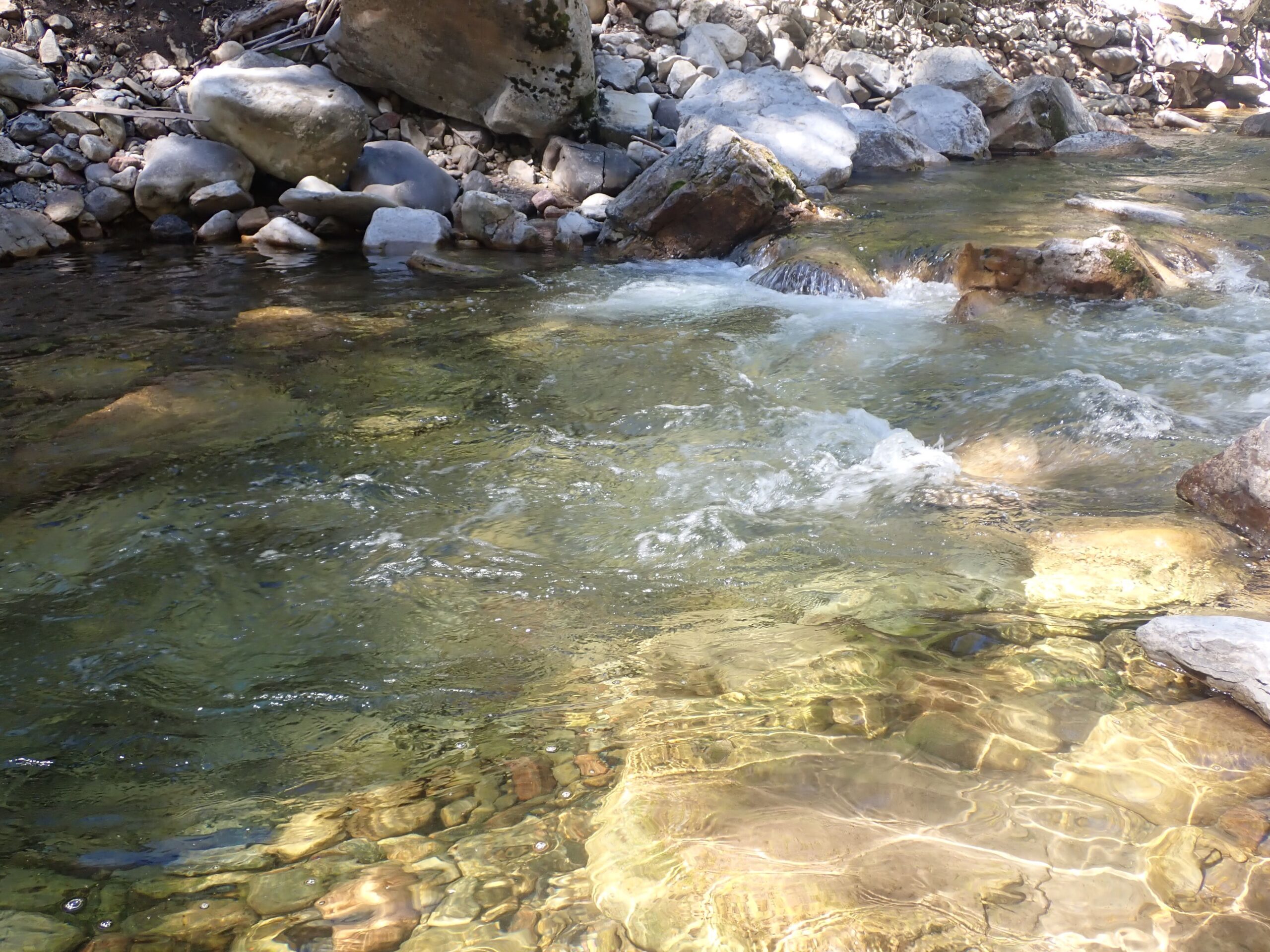 Promising Area
Promising Area Welcome to My Net
Welcome to My Net Who Designed This Pool?
Who Designed This Pool?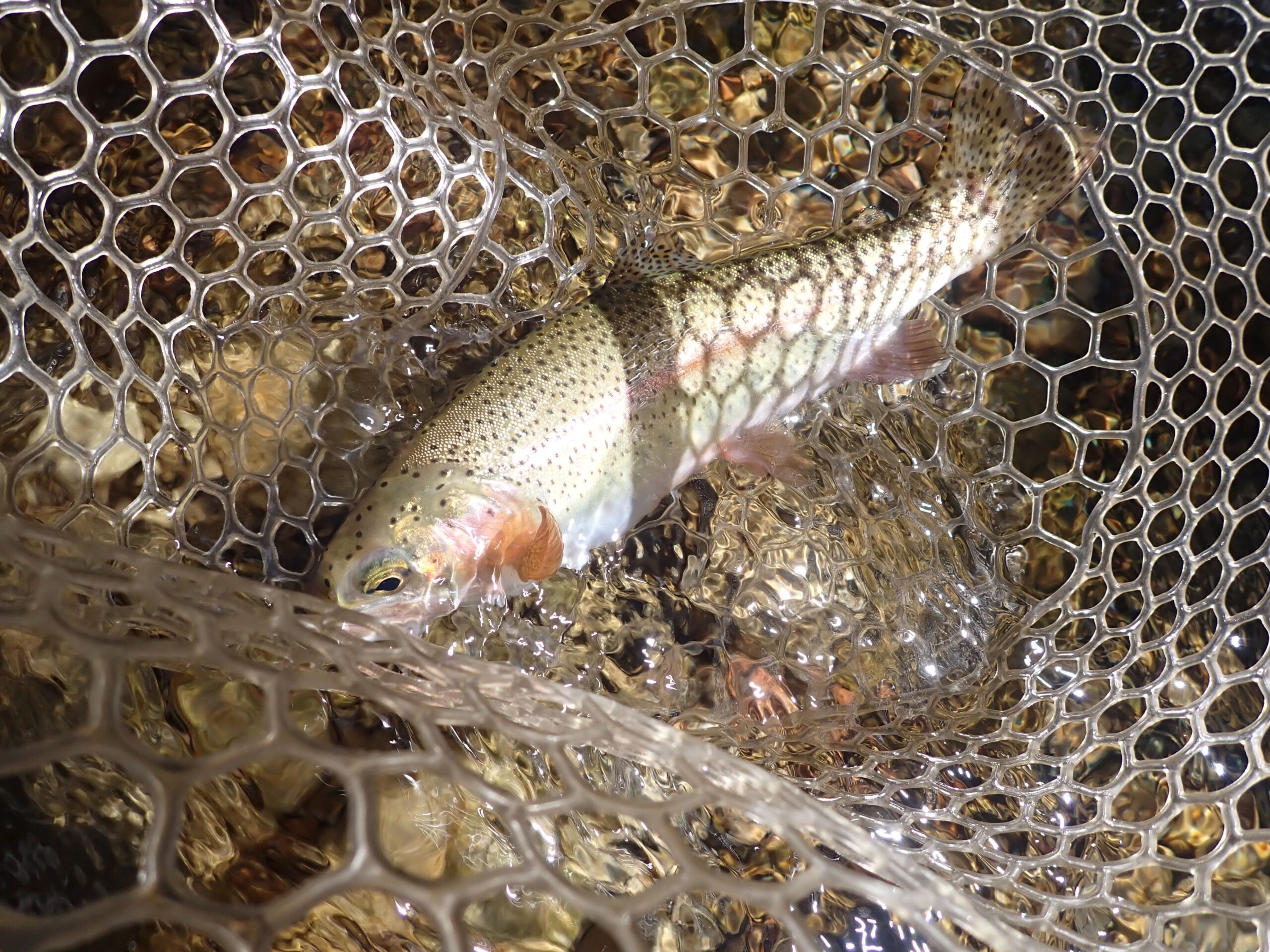 Sole Rainbow on the Day
Sole Rainbow on the Day What a Pool
What a Pool Early Fish
Early Fish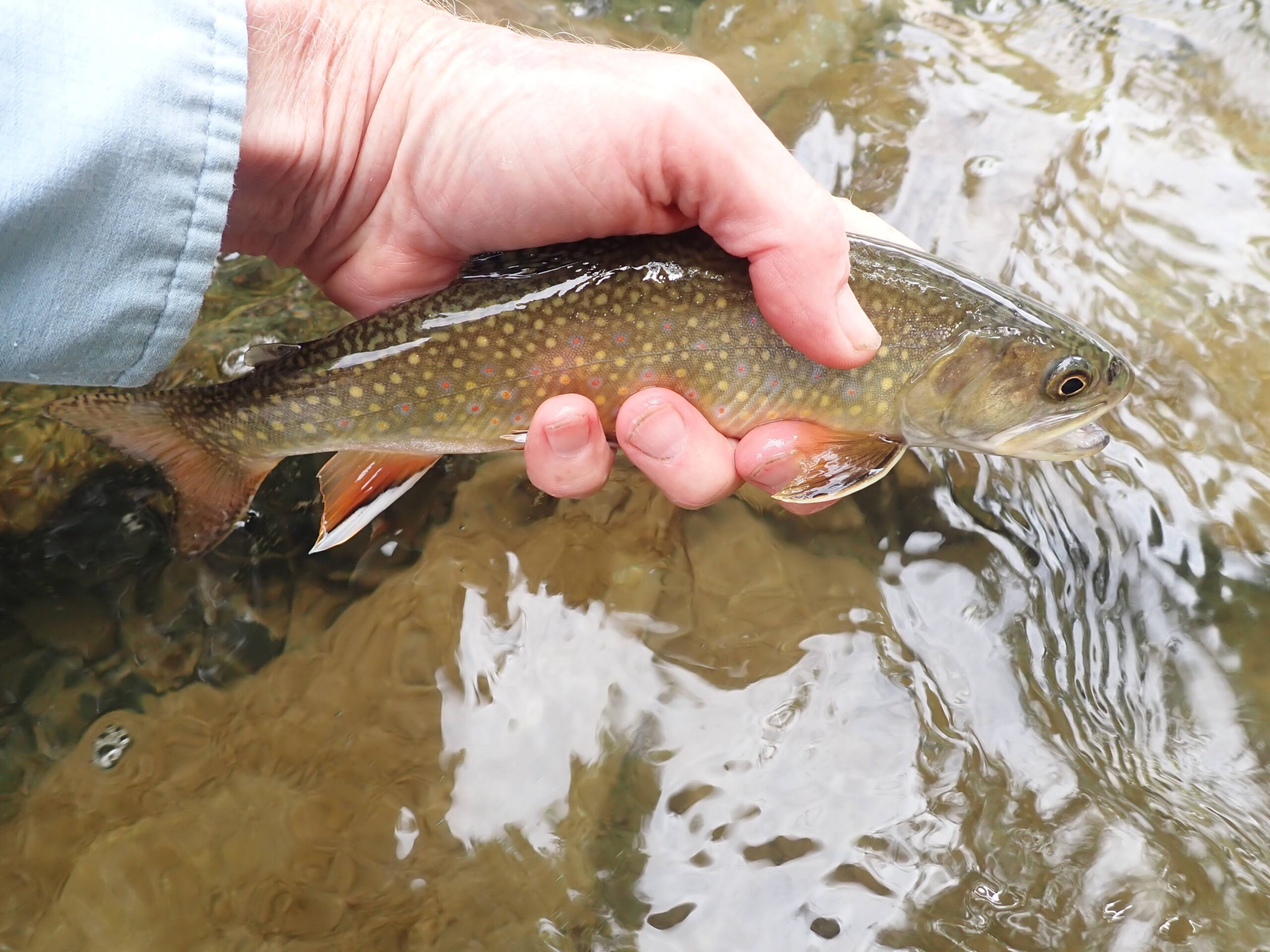 Surprised by This Brook Trout
Surprised by This Brook Trout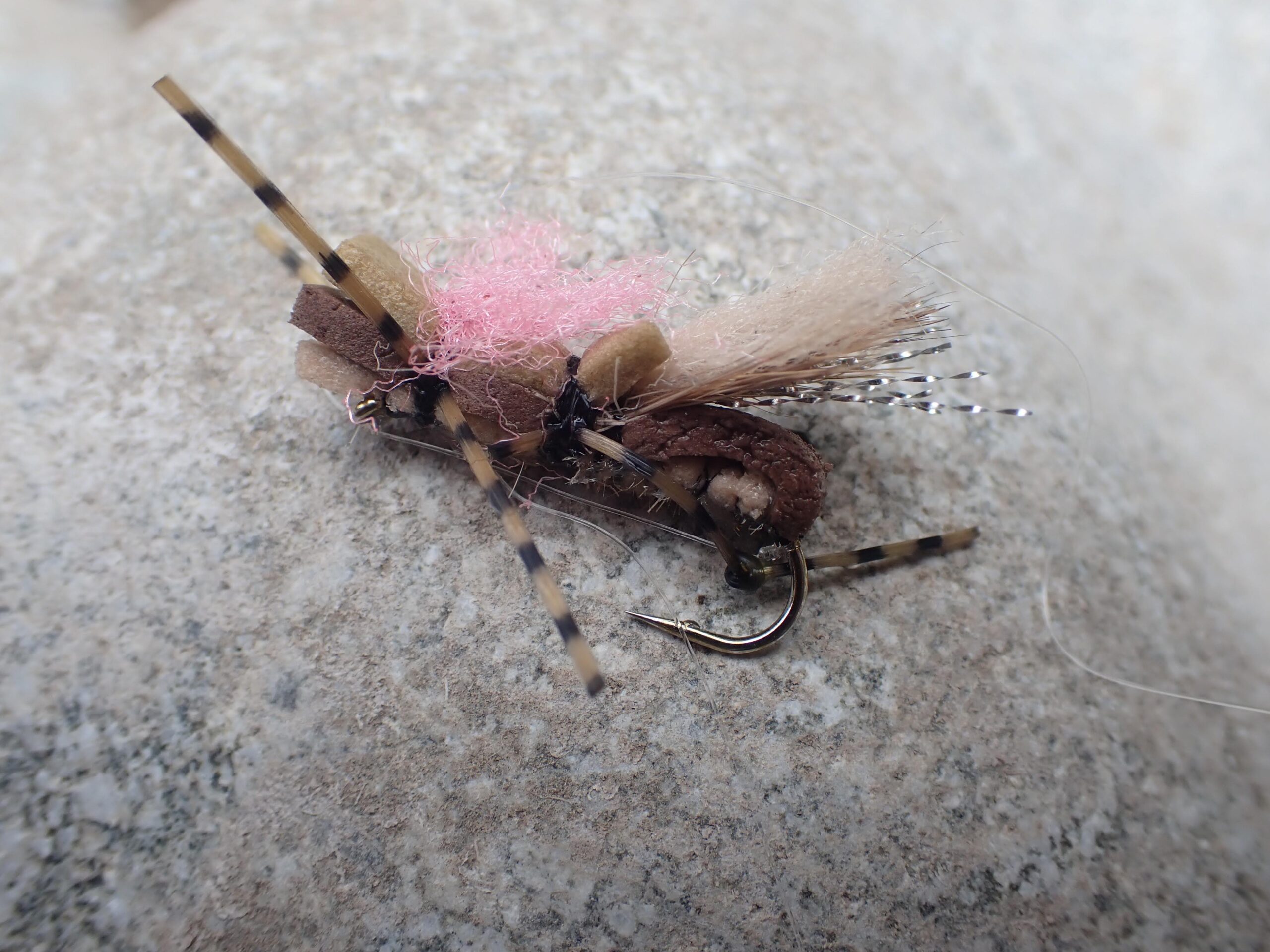 Tasty Meal for Rainbow
Tasty Meal for Rainbow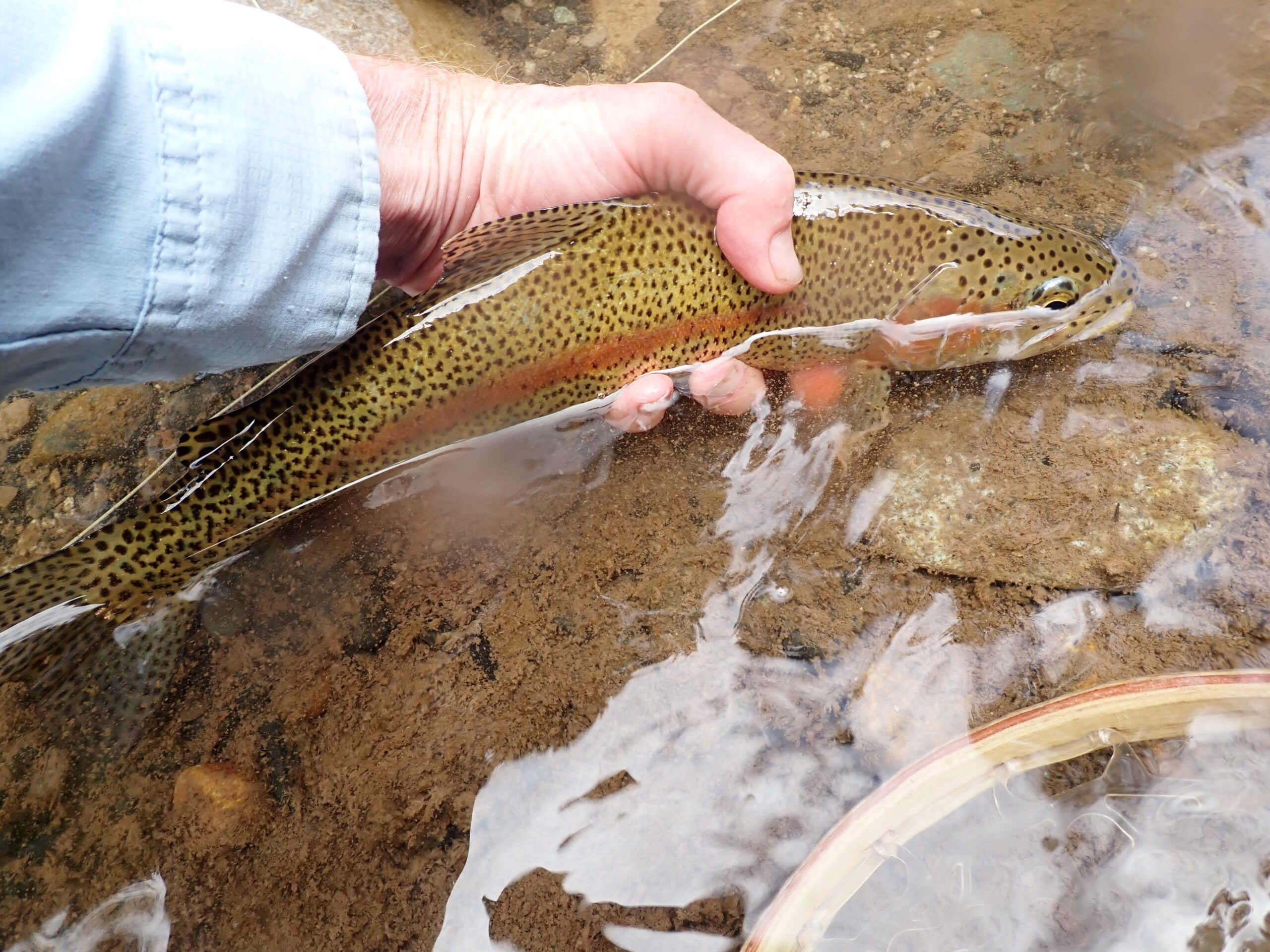 Lots of Length
Lots of Length Home of Pool Toy Hopper Eating Rainbow
Home of Pool Toy Hopper Eating Rainbow What a Trout Lair
What a Trout Lair Slab of Speckles
Slab of Speckles Fighter
Fighter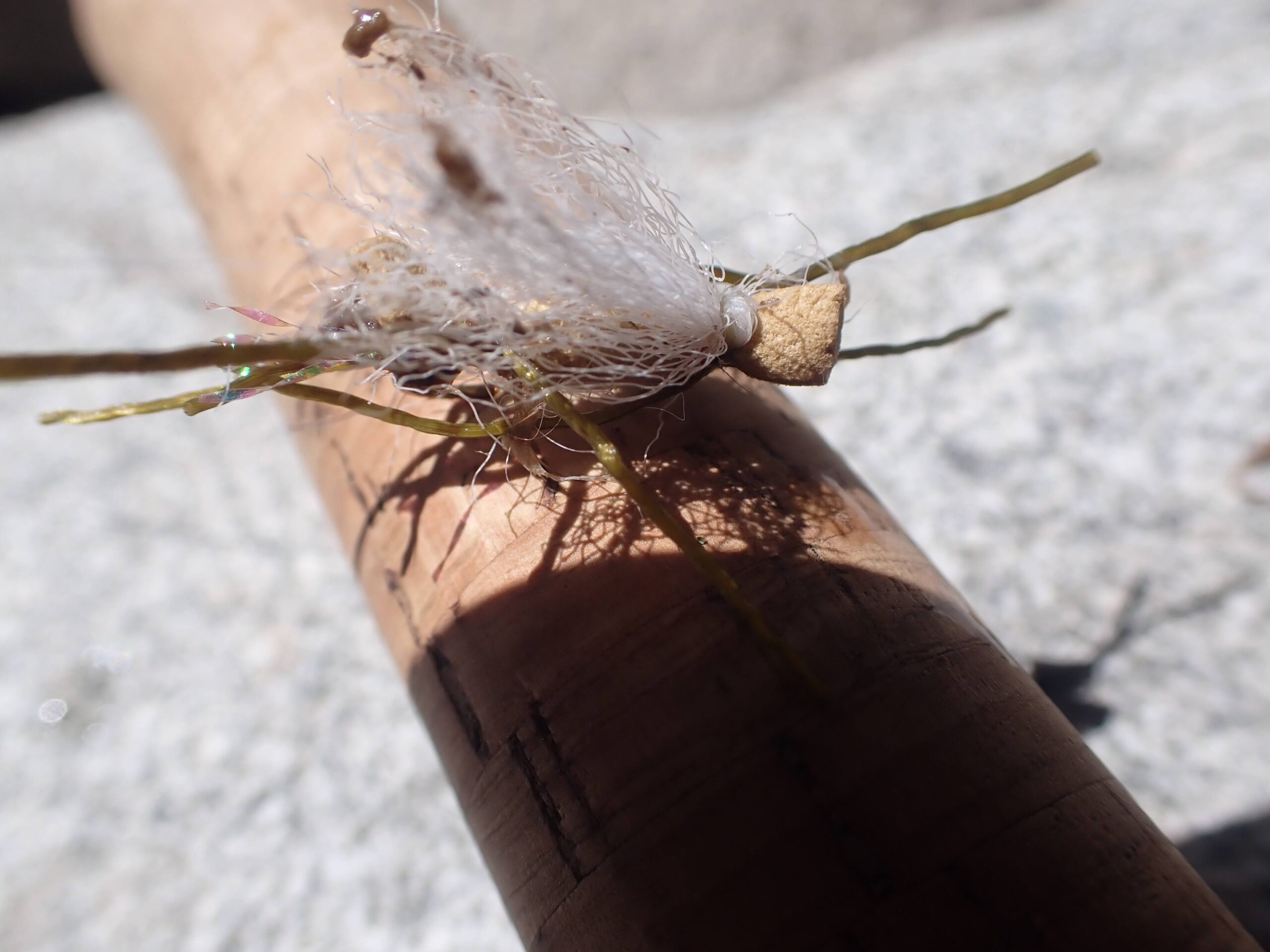 Mini Chubby Got the Job Done
Mini Chubby Got the Job Done Foam Is Home Held True
Foam Is Home Held True Bruiser Brown Trout
Bruiser Brown Trout Spots Galore
Spots Galore Typical Productive Water
Typical Productive Water Low and Clear
Low and Clear Early Fish
Early Fish Nice Little Package
Nice Little Package Nice Little Seam Along Main Current
Nice Little Seam Along Main Current Love the Dark Shadows
Love the Dark Shadows Coiled
Coiled A Trout Emerged from Beneath the Bank
A Trout Emerged from Beneath the Bank First of Several Parachute Green Drakes
First of Several Parachute Green Drakes Early Honey Hole
Early Honey Hole South Boulder Creek Bruiser
South Boulder Creek Bruiser Perfect Water for Green Drake Prospecting
Perfect Water for Green Drake Prospecting Rainbows Also Love Green Drakes
Rainbows Also Love Green Drakes Pretty Green Drake Eater
Pretty Green Drake Eater Splendid Shelf Pool
Splendid Shelf Pool So Many Speckles on This Rainbow
So Many Speckles on This Rainbow Afternoon Best
Afternoon Best Very Attractive Pool
Very Attractive Pool Evening Action
Evening Action Shelf Pool Bonanza
Shelf Pool Bonanza Rain Yields Mushrooms
Rain Yields Mushrooms Small Stream
Small Stream Early Catch
Early Catch Big Boy
Big Boy Home of Big Boy Between Branch and Log
Home of Big Boy Between Branch and Log Salivating Over This Stretch
Salivating Over This Stretch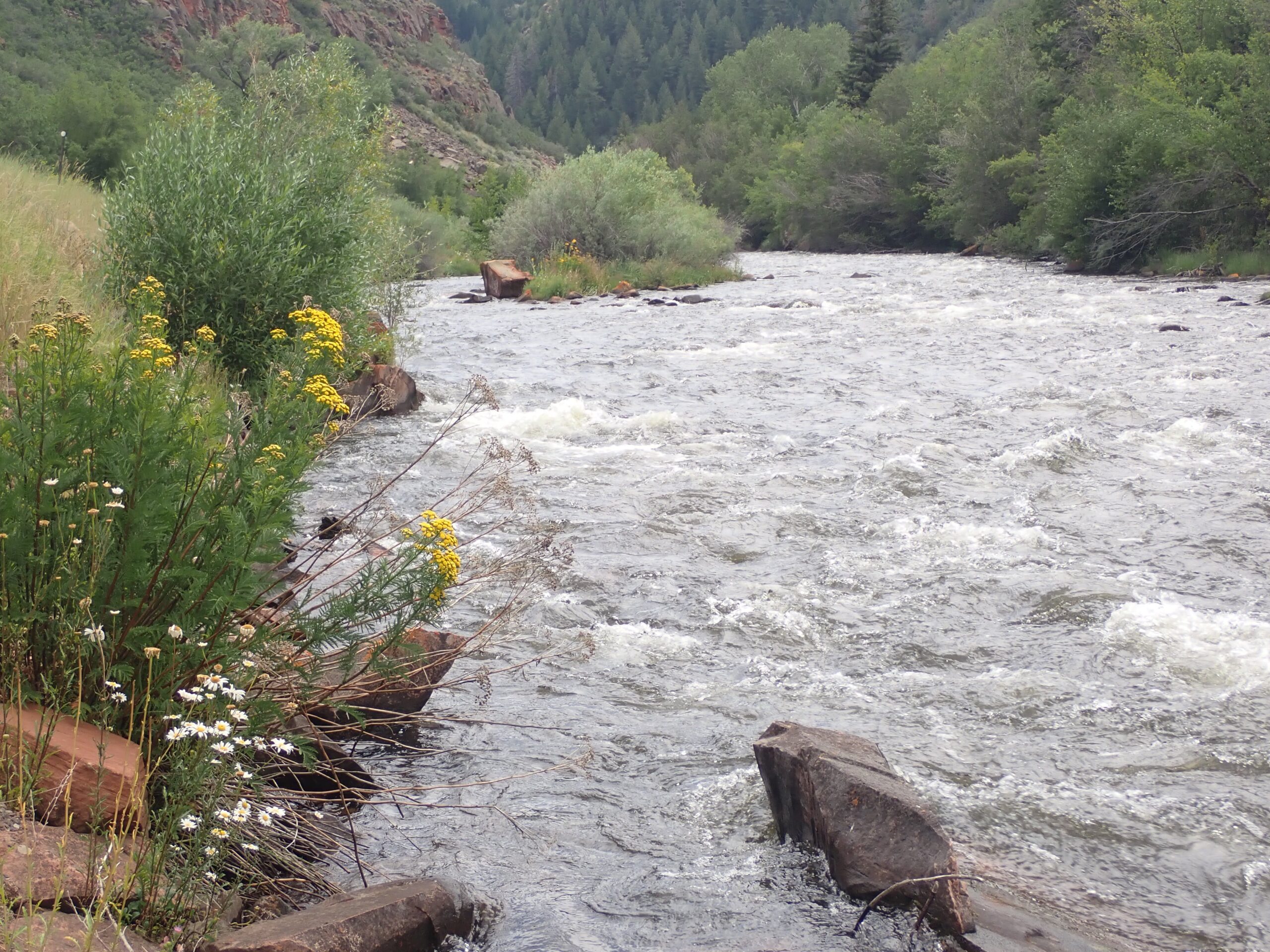 256 CFS
256 CFS Evicted by the Swimmers
Evicted by the Swimmers First Decent Fish
First Decent Fish Nice Deep Run Along the Bank
Nice Deep Run Along the Bank Love the Dark Ink Spots
Love the Dark Ink Spots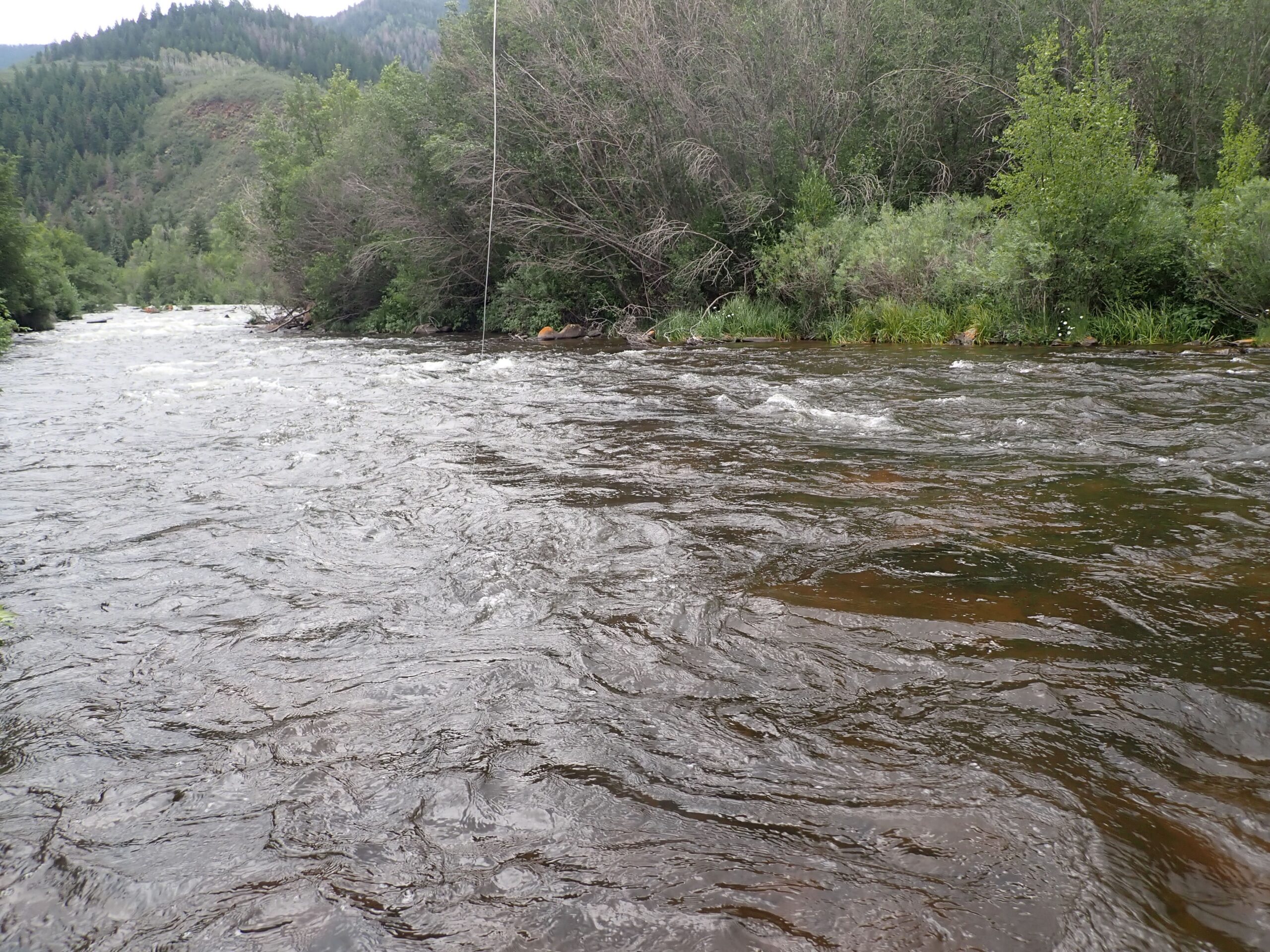 Slick in the MIddle of the River
Slick in the MIddle of the River Finish Line
Finish Line Near the Start
Near the Start Early Eater
Early Eater Promising Run
Promising Run Decent Rainbow Joins the Parade
Decent Rainbow Joins the Parade Sparse Spot Pattern
Sparse Spot Pattern Exquisite Colors
Exquisite Colors Love This One
Love This One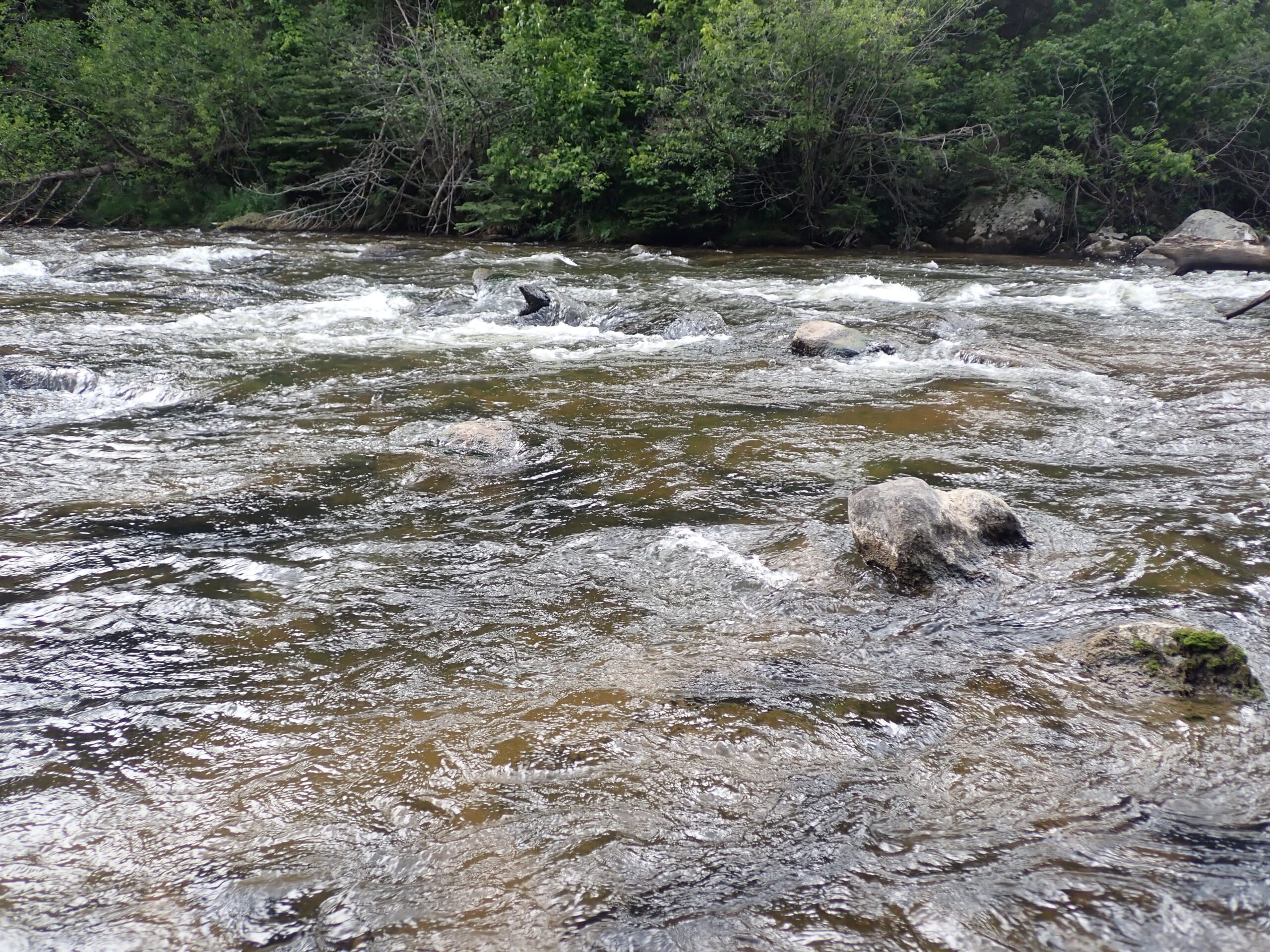 Midstream Pockets
Midstream Pockets Highlight of the Day
Highlight of the Day Tough Cast Beneath the Branches
Tough Cast Beneath the Branches Early Success Story
Early Success Story Ben on the Board
Ben on the Board Focused
Focused The Fish Dove into the Aquatic Goop
The Fish Dove into the Aquatic Goop Fly Change Knot Tying
Fly Change Knot Tying Pretty One
Pretty One